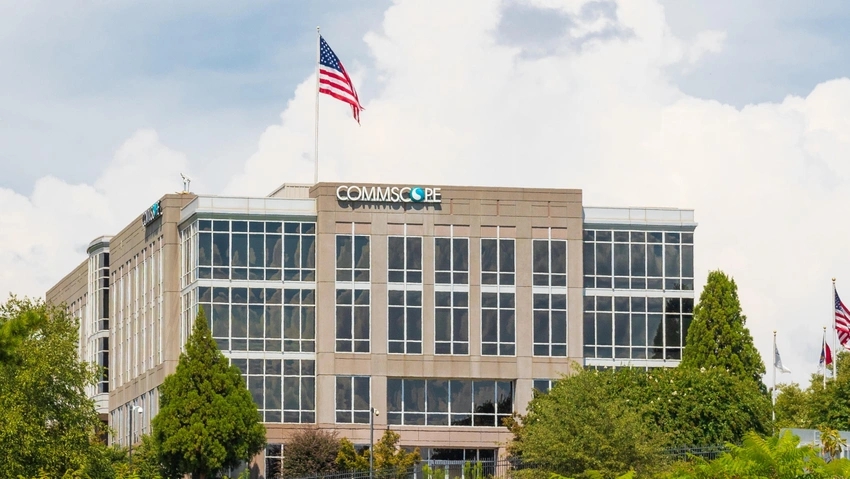Gigabit fiber can add $326B to U.S. GDP, says FBA/RVA study
Nashville--How much is a fiber-based gigabit broadband connection worth?
A new joint study from the Fiber Broadband Association (FBA) and RVA LLC Market Research & Consulting (RVA) argues that with a gigabit or more of fiber broadband service, the research estimates that the U.S. could add $326 billion to its Gross Domestic Product (GDP).
In arguing for gigabit broadband, the study’s authors pointed out that when only lower bandwidth options are available, many applications automatically downgrade quality and waste subscriber time.
According to the study, the everyday online user conservatively experiences an average time wasted of 11%, or about 20 minutes per day, with an asymmetrical 100/20 Mbps connection.
“Many consumers do not consciously think about their wasted online time because the delays come in many increments of seconds (2 seconds there, 10 seconds here, 30 seconds there…),” said the study’s authors. “In aggregate, however, the total is staggering!”
The research suggests that increasing bandwidth speeds for today’s work-from-home subscriber accounts (which account for about 24.5% of all work conducted in the U.S.) from 100/20 Mbps to gigabit fiber to the home would potentially add a staggering 1.2% or $326 billion to GDP.
Besides showing the nearly unlimited bandwidth of fiber broadband infrastructure, FBA has published several studies and white papers that prove fiber broadband offers by far the lowest latency of any internet delivery method: fiber has 37% better latency than cable, 61% better than DSL and wireless, and 96% better than GEO satellite.
“This study quantifies how fiber broadband increases productivity—the key to growing the economy and real wages per capita,” said John George, FBA technology committee chair and OFS senior director of solutions engineering and fusion splicers. “Therefore, governments should prioritize fiber and its benefits to communities and economies.”
The FBA will review the study's research findings during an episode of Fiber for Breakfast on August 7, at 10:00 a.m. EDT.
SOURCE Lightwave





